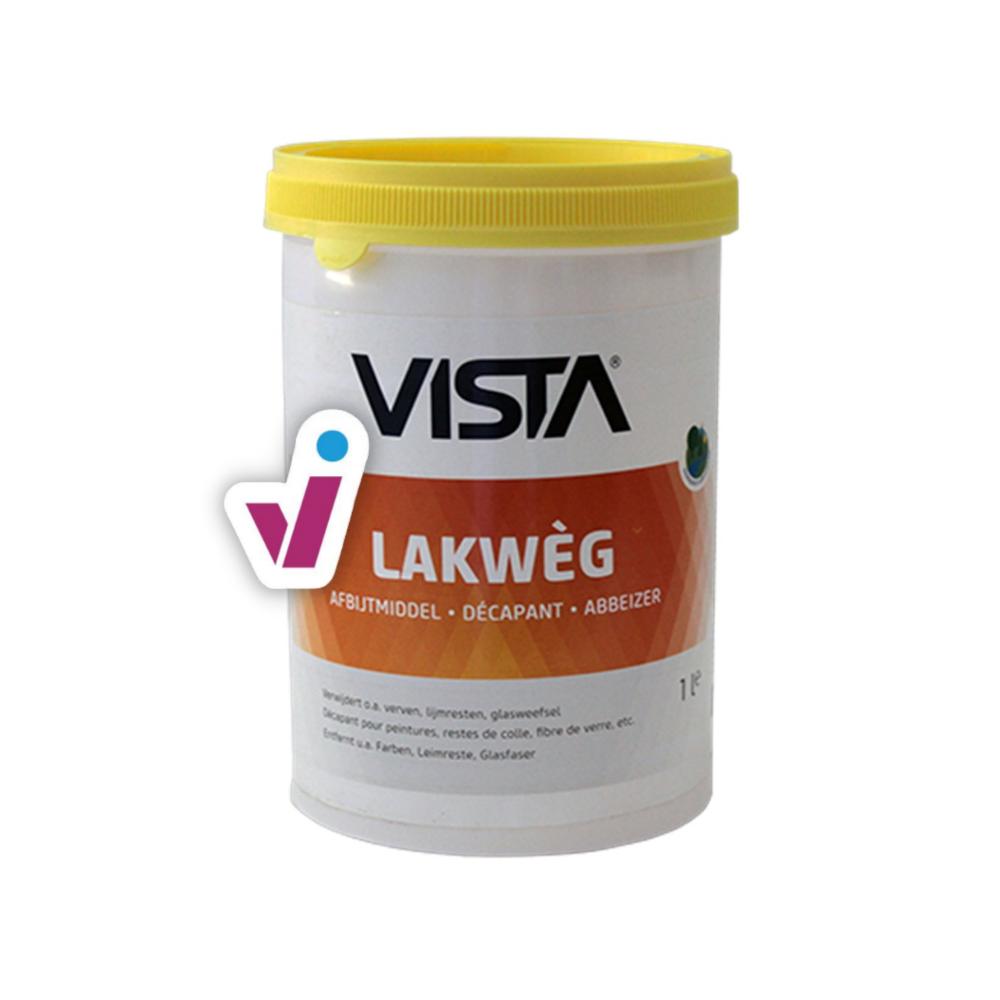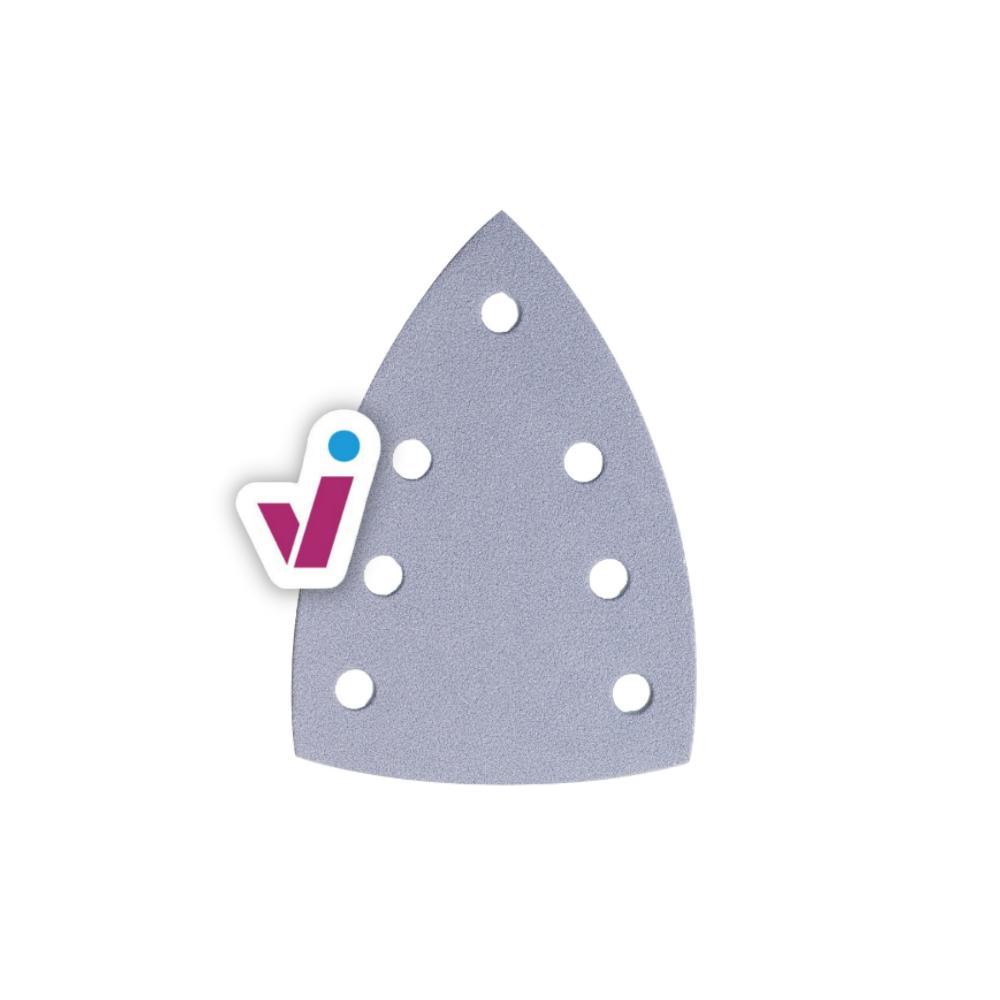Is varnish removal really the only option?
When and why to remove varnish layers from wood
Varnishing your furniture, door or floor is meant to protect your surface from scratches and stains. A varnish will therefore protect you from most stains, at least if you clean your surface as soon as possible with Ciranova Hard Floor Fresh. However, if the stain has had a long time to soak in, it may have penetrated the varnish layer. And then all alarm bells go off!
Unfortunately, you cannot apply a local touch-up to a varnished parquet, furniture or door. If you do, you will always notice a gloss or colour difference. So what can you do? Removing the varnish from the wood is the only option. Read how to do this below.

How to remove varnish?
You can remove varnish in two ways.
- Use a paint stripper and paint scraper
- Sand the entire surface down to the bare wood
Remove varnish using paint stripper
With us, you can easily remove layers of varnish with Vista Lakweg. When you apply a layer of this stripper with a brush and let it soak in, the varnish will come off. Afterwards, you can remove it with this paint scraper without any effort. A tip: if you know how thick the varnish has been applied to your surface, choose approximately the same layer thickness of stripper.
To remove all remaining varnish residue and stripper from the grooves and pores, use Vista Totaalreiniger. This cleaner has a working time of only 15 minutes. Rinse again with clean water and the varnish removal job is done!
Remove varnish by sanding
You can apply varnish to various surfaces, such as tables, doors, stairs or floors. To remove varnish from a small surface, you can use abrasives. But as always, we first recommend dusting and degreasing the surface. Ciranova's Hard Floor Fresh cleaner is suitable for this. After cleaning, you can start sanding. First do this with a coarse grit (P120). Then do the same with a fine grit P220. Whether you do this manually or mechanically with sanding discs makes no difference.
For parquet or wooden floors, it is of course difficult to do everything by hand, which is why a Wood Boy is often used for removing varnish on wooden floors. This goes a lot faster anyway.
Do you want to start working with varnish, lacquer, stain or oil again after removing these layers of varnish? Then make sure everything is very well cleaned of dust again. Read on if you want to know which wood protection is the most user-friendly.
Vlekken op vernis verwijderen vs. op geoliede ondergrond
Kleurloze vernis of kleurloze olie wat is het meest gebruiksvriendelijk? Een verniste ondergrond blijft het meest beschermd tegen krassen en slijtages, dat is duidelijk. Maar een geoliede vloer of meubel kan vaak langer mee gaan. Alleen moet je dan zelf ook meer inspanningen leveren.
Zo moet je een geoliede houten vloer wekelijks schoonmaken met parketzeep dat je hout tegelijk ook voedt. Een groot voordeel aan geoliede oppervlaktes is dat deze het minst last hebben van vlekken en wanneer je ondergrond toch een kleine verontreiniging heeft opgelopen, kan je dit wel plaatselijk oplossen. Wat bij een vernist hout niet het geval is, omdat de ondergrond volledig afgebonden is. Een nadeel van olie aanbrengen op hout: Elk jaar heeft dit een grondig onderhoud nodig en misschien zelfs een nieuwe oliebeurt. Met onze producten van Ciranova bereik je het beste resultaat.
Maintenance of varnish finishes
Not sure if the stubborn stain has actually penetrated the varnish finish? Then first try our deep cleaner specially designed for varnished or lacquered surfaces. We are talking about Ciranova Hard Floor Cleaner here. It can be used as a degreaser for removing stubborn stains and streaks on varnished floors.
To maintain your varnished or varnished floor regularly, so you don't have a time-consuming renovation on your hands. Best to use Ciranova Hard Floor Fresh. Suitable for mopping your varnished or varnished floor every week.
Recent blogs
Want to remove not only varnish, but also flaking paint or mould? Then the blogs below might help you further. If you would rather give your wooden surface a touch of colour, you can find wood colour inspiration.





















